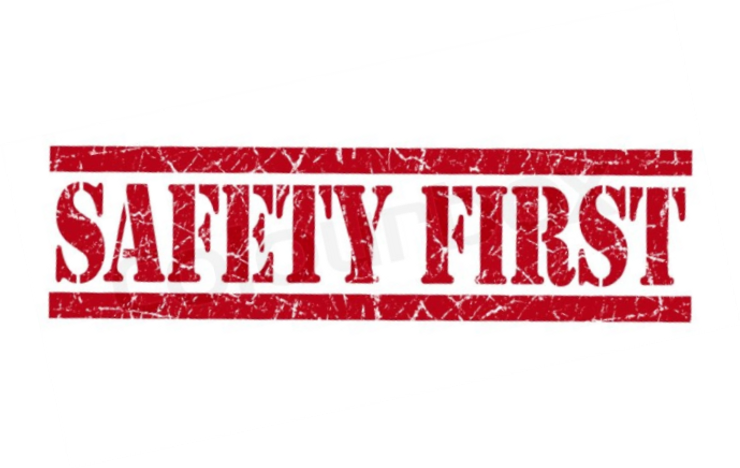Personal Protective Equipment (PPE)
OSHA requires the use of personal protective equipment (PPE) to reduce employee exposure to hazards when engineering and administrative controls are not feasible or effective in reducing these exposures to acceptable levels. Employers must determine if PPE should be used to protect their workers. If PPE is to be used, employers must implement a PPE program. The program should address the hazards present; the selection, maintenance, and use of PPE; the training of employees; and monitoring of the program to ensure its ongoing effectiveness.
Head Protection:
Culbertson Company requires employees to wear hard hats at all times while working.
- Workers must wear hard hats when overhead, falling, or flying hazards exist or when danger of electrical shock is present.
- Inspect hard hats routinely for expiration date, dents, cracks, or deterioration.
- If a hard hat has taken a heavy blow or electrical shock, you must replace it even when you detect no visible damage.
- Maintain hard hats in good condition; do not drill; clean with strong detergents or solvents; paint; or store them in extreme temperatures.
- Do not wear your hard hat backwards unless specifically approved by the hard had manufacturer and your employer
Eye and Face Protection
- Workers must wear only ANSI approved safety glasses, face shields or goggles for welding, cutting, nailing (including pneumatic), or when working with concrete and/or harmful chemicals and to protect against flying particles. Look for Z87 stamped on the frames
- Eye and face protectors are designed for particular hazards. Be sure to select the proper type to match the hazard that is present.
- Always replace poorly fitting or damaged safety glasses as soon as possible.
- Workers needing corrective lenses must either wear ANSI approved safety glasses with prescription lenses and frames or wear ANSI approved goggles designed to be worn over their regular prescription glasses.
Foot Protection:
- Residential construction workers must wear shoes or boots with slip-resistant and puncture-resistant soles to prevent slipping and puncture wounds.
- Safety-toed shoes are recommended to prevent crushed toes when working with heavy rolling equipment or falling objects.
Hand Protection:
- High-quality gloves can prevent injury. Make sure that gloves should fit snugly.
- Always inspect gloves for cuts, tears and discoloration that might indicate excessive wear.
- Hands must be clean before putting gloves on and always thoroughly clean glove exteriors before removing them.
- Glove gauntlets should be taped for working with fiberglass materials.
- Workers should always wear the right gloves for the jobs (for example, heavy-duty rubber for concrete work, welding gloves for welding). Check the Safety Data Sheet (SDS, formerly called MSDS) for detailed information.
- Never use petroleum-based products (Vaseline) under gloves. They can trap chemicals against your skin if they get into your gloves.
Fall Protection:
- Use a safety harness system for fall protection.
- Where fall prevention cannot be installed, use a “personal fall arrest system” (PFAS).
- A PFAS includes an anchorage, full body harness, and connector such as a lanyard or lifeline.
- A PFAS must be rigged to limit falls to 6 feet or less without contacting any lower level and limit the arresting forces on the worker to 1,800 pounds or less.
- PFAS components, including safety harnesses, should be inspected before each use for damage and other deterioration.
- PFAS should be designed, installed, and used, under the supervision of a qualified person.
Body Protection:
- Clothing to protect the body should consist at a minimum of long work pants and a sleeved shirt. When hazardous liquids, gases, vapors or debris are present, the level of protection needed increases. This may include garments of Tyvek, Nomex, or PVC.
- For jobs that leave clothes very contaminated, bring a set of clean clothes to change into at the end of the day. Wash contaminated clothing separately.
Hearing Protection:
- Wherever it is not feasible to reduce the noise levels or duration of exposures, ear protective devices shall be provided and used.
- Ear protective devices inserted in the ear shall be fitted or determined individually by competent persons.
- Plain cotton is not an acceptable protective device.
Respiratory Protection:
- Select the correct respirator based on the hazard.
- Inspect the respirator for missing or worn respirator parts.
- Depending on the type of respirator, the employee must be medically cleared, trained and respirator fit tested prior to respirator use.
- Do not share respirators and only use the respirator that you have been fitted for.






